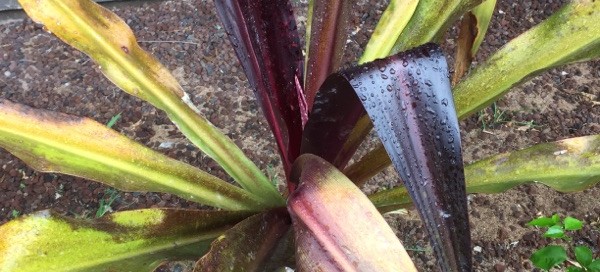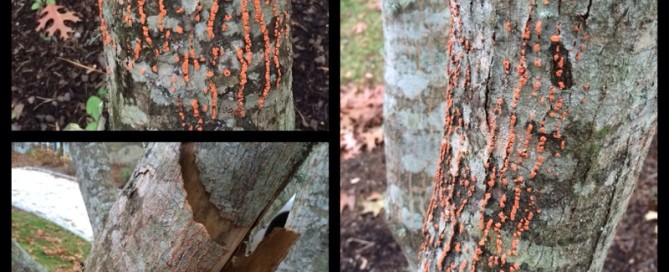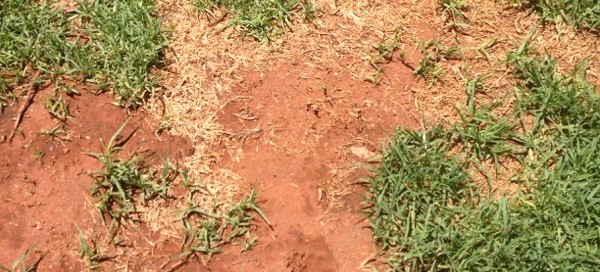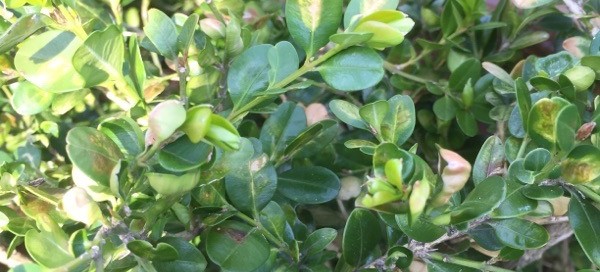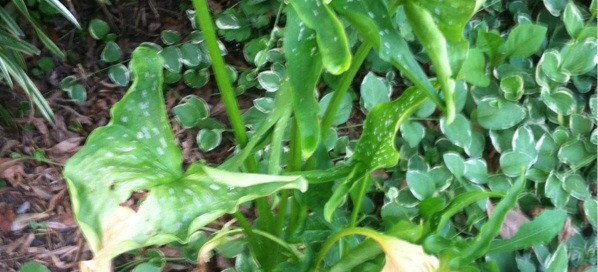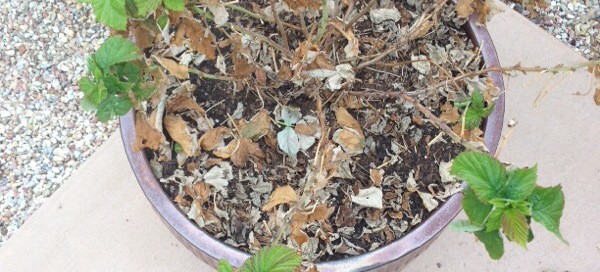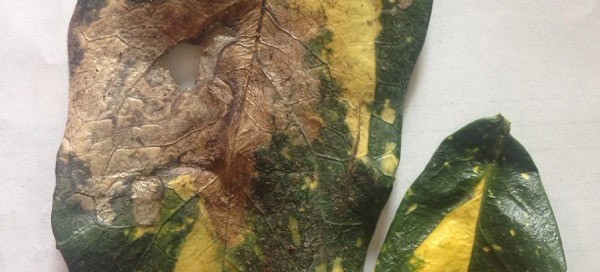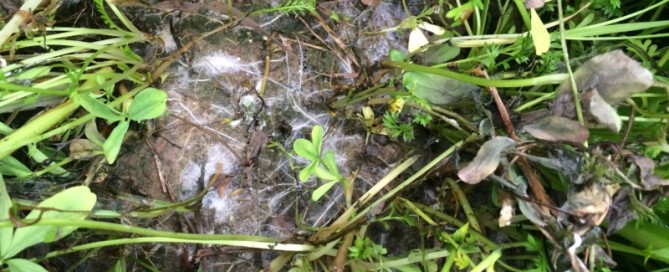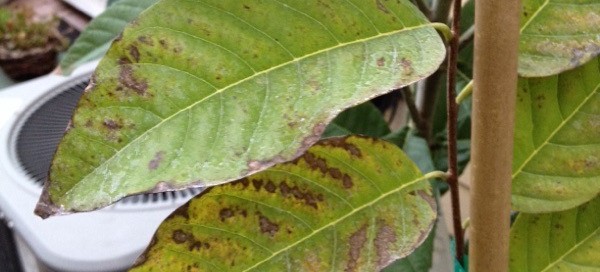Giant Spider Lily Advice
It appears there could be a few things happening here that are affecting your spider lily. First, make sure this plant gets as close to full sun as possible. Next, double check to make sure there is very good drainage int he soil and water does not puddle or the soil is not too compacted. These plants do well even near sandy areas, a testament to how much they like good soil drainage. If you are doing all of these things, we recommend you double check what fertilizer you used and consider something a bit milder, as this fertilizer combination could be not geared toward this type of plant. We recommend checking with your local garden center to get their advice on what fertilizer you are using in your area is the correct type.
